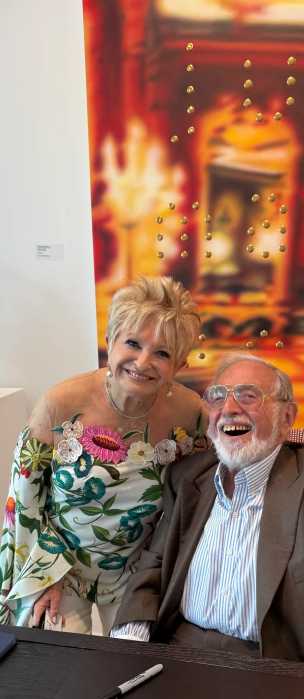The city’s grid could soon reap big relief from small instruments installed in buildings, clean energy advocates say.
Lithium ion battery systems, which reduce buildings’ reliance on traditional power sources and store electricity for use during demand spikes, have been set up at a handful of locations across the city, according to Jason Doling, an assistant director at the New York State Energy Research and Development Authority (NYSERDA). Doling said the devices have been more widely used on the West Coast and in remote areas like Hawaii, but have increasingly been added in the boroughs, including at the Marcus Garvey Apartments in Brooklyn and Glenwood buildings across lower Manhattan.
The equipment’s cost and the still-evolving technical requirements of hooking up the technology have been hurdles, Doling said. But changes to the city’s building code slated to go into effect next month are meant to pave the way for more batteries, which Doling said range from the size of a kitchen refrigerator to a large shipping container.
"Basically think of an electric vehicle and expand the size of the battery in them," said Doling, assistant director of distributed energy resources technology at NYSERDA, which worked with FDNY on the new guidelines for designing and installing the batteries. "This would help New York’s grid by providing power during those peak times.”
Previously, city building regulations were silent on the devices. Julian Bazel, the FDNY’s fire code counsel, said the department wanted to develop policies to ensure they were safely installed outside buildings or on roofs because lithium ion batteries have sparked fires in phones and skateboards.
“It’s one thing to deal with it when it’s a consumer product, but when it’s put near buildings, it’s a bigger problem,” Bazel said.
The regulations will require those operating energy storage units to get permits from the FDNY and provide routine reports to the department. A point person will be tasked with communicating with FDNY during any fires or other device issues and collaborating on ways to handle such malfunctions.
“The people who are monitoring the battery will be the best person to know what’s going on,” Bazel said.
Connecting battery designers with the FDNY should help perfect the devices, since both sides can dissect the pros and cons of the developing technology, according to Michael Tobias, a principal for the firm New York Engineers.
“Getting code out before many installations occur is key," Tobias said. "This clears up a lot of unknowns."
Tobias predicted that the city will see more installations since the batteries boast many benefits. Unlike diesel generators and storage systems, the lithium ion batteries have no moving parts and produce no fumes or noises, he said.
The city’s grid is frequently taxed and needs relief that does not come from fossil fuels, according to Yury Dvorkin, an assistant professor of electrical and computer engineering at NYU Tandon School of Engineering.
This summer’s blackouts highlight the need for energy storage options like lithium ion batteries, which can power buildings with clean energy during heat waves and other periods of high demand as well as during energy emergencies, Dvorkin said.
“(New York) is creating another stream of reducing the capital cost of energy,” Dvorkin said. “It’s fantastic.”
The professor likened the start of the battery storage installation to the spread of solar panels on roofs, predicting they will one day be prominent.






































